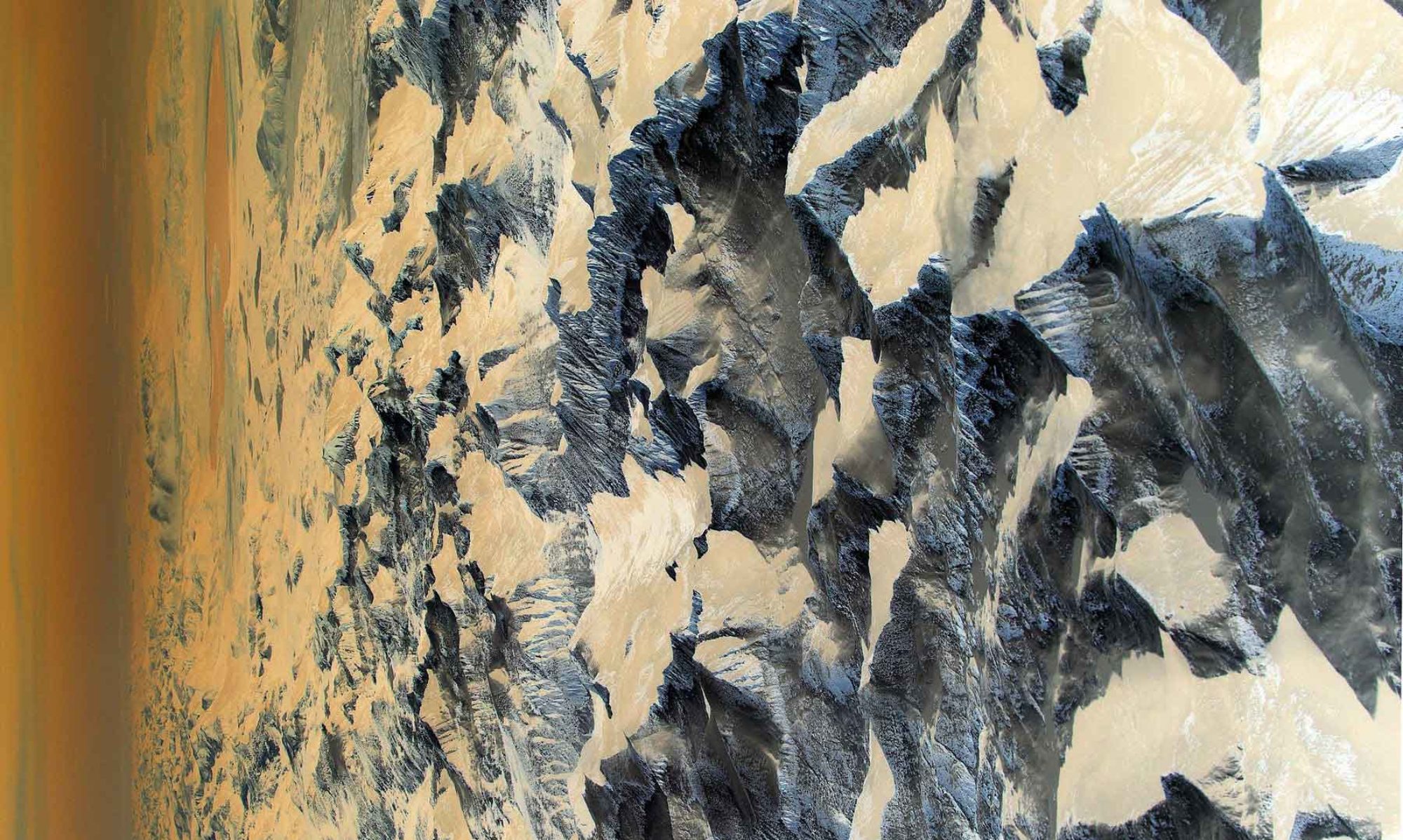Thursday, November 7, 8:00-9:30 p.m.
Winifred Smith Hall
A staged reading of Guy Zimmerman’s new play AirLock, directed by Scarlett Kim. The show is about 45 minutes long and will be followed by a 30-minute Q+A with the writer, director, and actors.
Free, but seating is limited.

In AirLock we are conducting an experimental dramatization of the way in which, given the impending cascade of living system collapse, the earth itself can be considered a kind of airlock – a fragile intermediating zone that can sustain human life within the extreme environment of outer space. Through a layered video design that composites live video feed with archival footage, AirLock proposes a visual algorithm that delineates and muddies the boundaries of four spheres of existence and how performance configure in each. Actor-controlled media mechanisms realize the elastic scale of the worlds by generating surprising alignments and disjunctions. AirLock divides the stage into four distinct but interconnected playing areas. First, an astronaut floats on life support tether in the airlock of his spacesuit outside the orbiting US-Russian space station. Second, a female RussianCosmonaut is attempting to communicate to this astronaut from an airlock on the space station that has itself malfunctioned. Third, a tense night-time scene in mission control in which a female scientist attempts to keep things under wrap. Downstage of these interlocking scenes is, finally, a “beach” area where the astronaut and his Russian and American colleagues interact in a series of flashbacks that fill in what is really unfolding between the three main characters. Drawing on inspiring artists such as Lemi Ponifasio, Roderigo Garcia, and Robert Wilson, we are currently working with a preliminary text workshopping the material with actors. ForSLSA we will present a 40 minute staged reading of the full text, involving seven actors and easily portable elements of the media design. Refining and revising as we go we will then move ahead with a full, main stage production in 2020. The panoramic scope and thematic unity of this piece, as well as its raw, primary emotions, remind us of an experimental form of opera.
